If I didn't have this, I would have quit.
“Yoga does not just change the way we see things; it transforms the person who sees.”
— BKS Iyengar
Helllllloooo Practitioners,
Most of you know my yoga origin story. That the practice pulled me from the depths of depression and crippling anxiety. A less dramatic but perhaps more important story is how I’ve maintained my practice.
Practice is like a relationship. Warm and fuzzy in the beginning. But, eventually, it will ask you to show up and work on your stuff. This is a crossroads moment: You either walk away or commit and dive in. In my opinion, this when practice truly begins.
Begins what? The deep work of untangling knots, pushing against patterns, trudging through the drudgery of consistency. We rarely see (or hear) about this phase of the journey. But commitment is the catalyst for the slow burn of transformation.
My yoga-honeymoon came to a screeching halt with knee pain. Like molten-lava-knee-pain. Can’t-sit-cross-legged-knee-pain. Pigeon-is-impossible-knee-pain. I was 24 years old.
When I asked teachers about the knee pain, I was encouraged to “work through it”. I began to wonder if they understood how bad my knees hurt… or if they innocently did not know what to do… I started to “modify” but I didn’t have any real knowledge or skill with that. So I attempted backed off versions of what everyone else was doing. It led to a lot of squirming, second guessing, staring at my teachers hoping they would help me, and hiding in back corners of classes.
I probably would have quit, but I believed yoga was the only thing keeping me from that pit of despair, so I kept searching for answers. Eventually, after many months, by pure chance and the divine inspiration that often comes with desperation, I landed in a therapeutics workshop.
Half of the participants were teachers. The other half were serious, long-term practitioners. I was a dazed and confused newbie. But my burning desire (and knees) pushed me to over-come innate shyness and the situational self consciousness.
One session, the teacher asked if anyone had questions, my hand shot up like an eager first grader. Me! Me! Pick me! Help meeeeeee! When she got to me, I was like a compressed spring. I couldn’t even formulate a question, I blurted out, “my knees hurt”. She looked down at my feet and said, “I bet.” Then continued on.
I looked down at my feet, wondering, “what does she see?” Then joy because “she sees something! This lady has answers!” So I stayed close to her. For 4 years. She became my teacher and mentor. Patiently guiding me to see and understand the body in profound ways.
Since that first series, I’ve done over a dozen therapeutic trainings. Mostly through Anusara. Several with Tias Little. 15 years ago, this type of knowledge was common. Now, it’s becoming a lost art.
Several weeks ago during meditation, it became clear that I needed to offer Therapeutics while at Padma this weekend. Truth be told, a part of me groaned. Why? These workshops are rarely as popular as handstands or seasonal renewal. But these teachings reach deep. They change what you’re looking for in practice and how you see. Without this knowledge, I would have quit. I would have written yoga off as “not for me” or “it hurts my body”.
All this to say, the Theory of Therapeutics workshop is a dharma-driven, spirit-led offering. Wondering if it’s for you?
This is for everyone. Students and teachers. Do not let your lack of experience or your years of teaching get in the way of attending.
The content is not complex. In fact, the simplicity is what makes it challenging. It is a paradigm shift for how you see.
You will learn a line of inquiry, not cookie-cuttter answers. Instead of “what’s wrong” and “how do I fix it” you’ll lean into “where is balance, harmony, integration naturally” and “how do we return to that?” Can you sense the difference?
We’ll cover common misalignments and therapeutics for: knees, lower back, shoulders, head/neck, and hips/groin/psoas. If you’re a student, use this knowledge for your own practice and body. If you’re a teacher, this knowledge will serve you with classes and clients.
Lastly, workshops like these are few and far between. Can you help spread the word? Will you forward to a fellow teacher, practice buddy, a friend in need of therapeutic movement, or a family member who has one of these injuries?
May your practice be a healing art,
Alison

